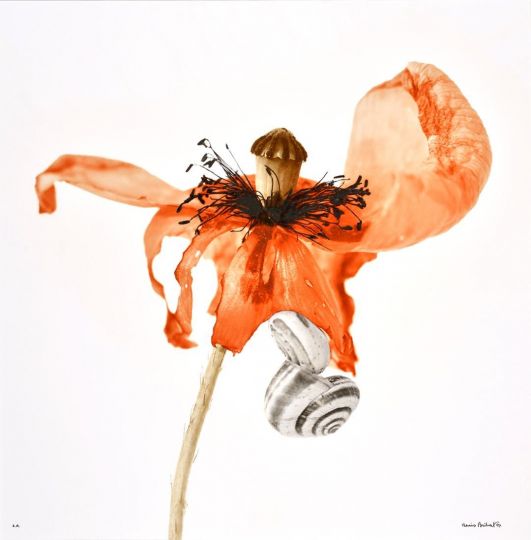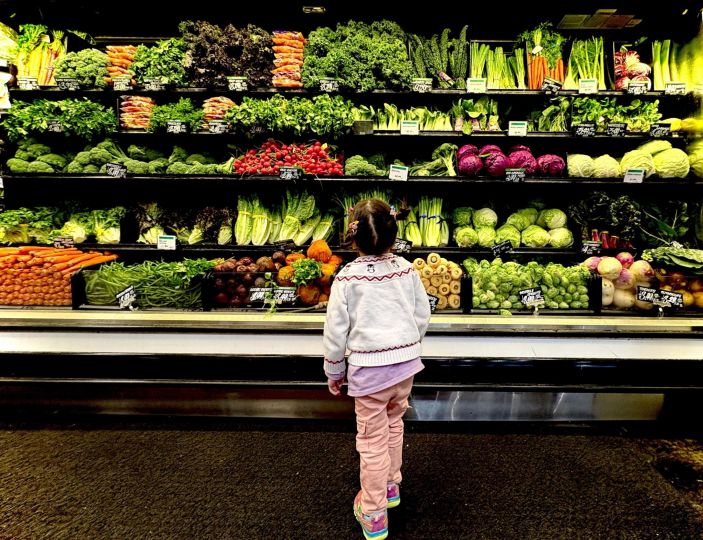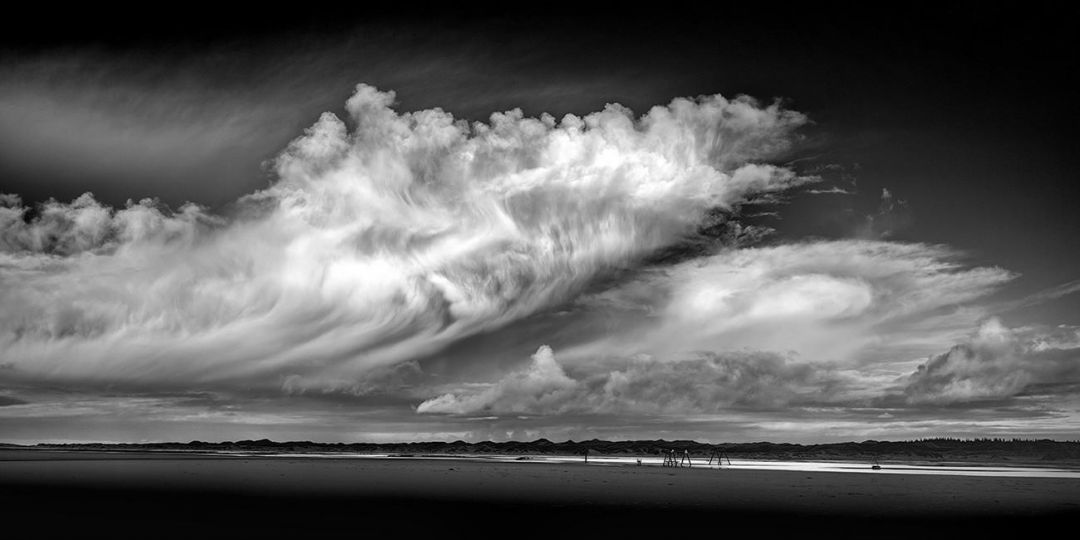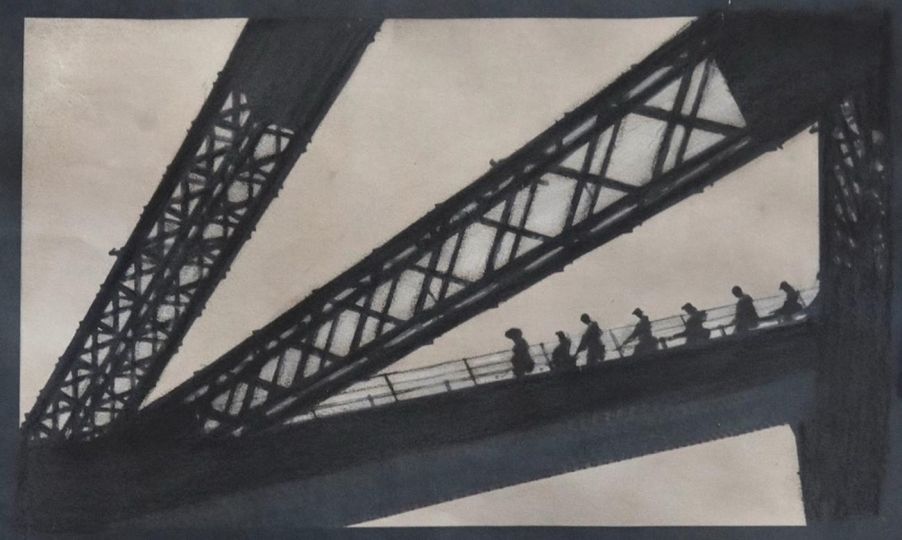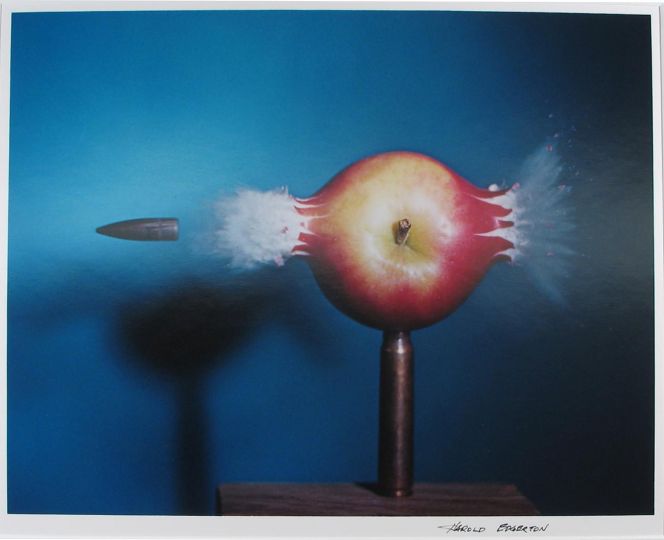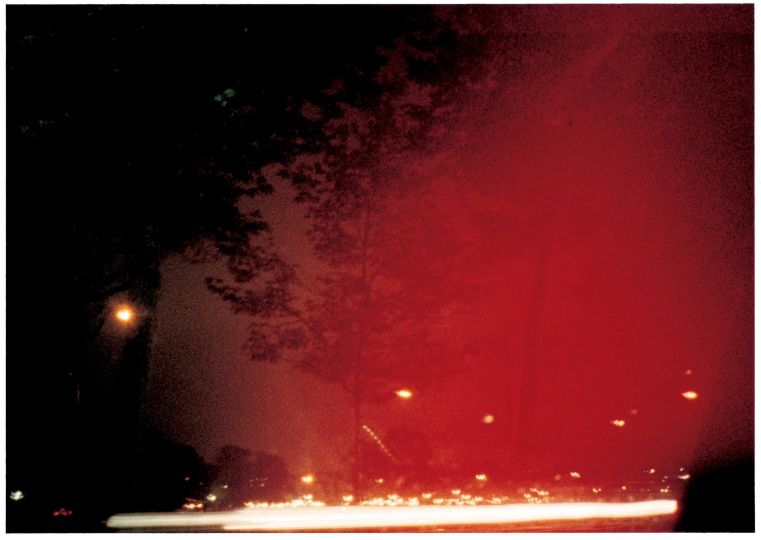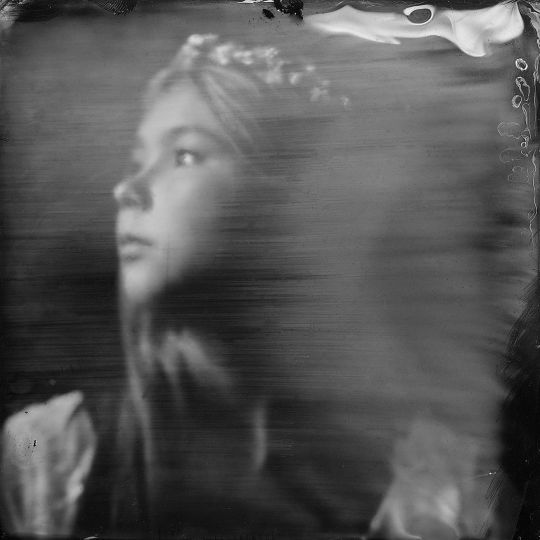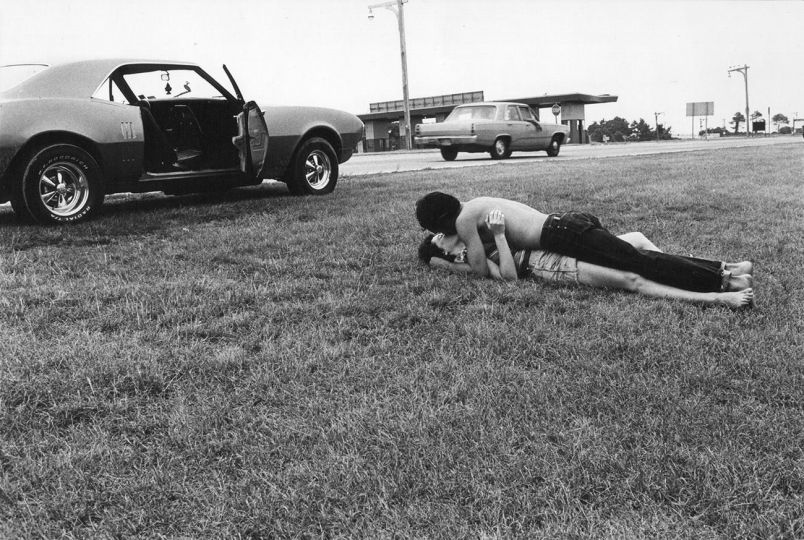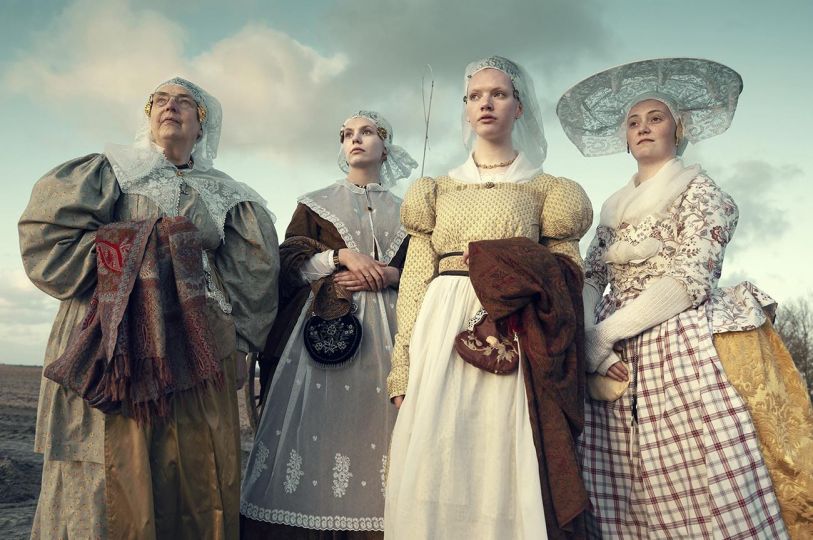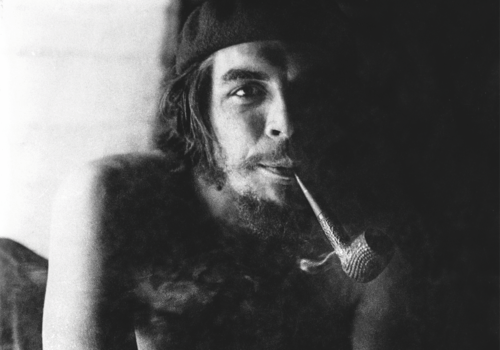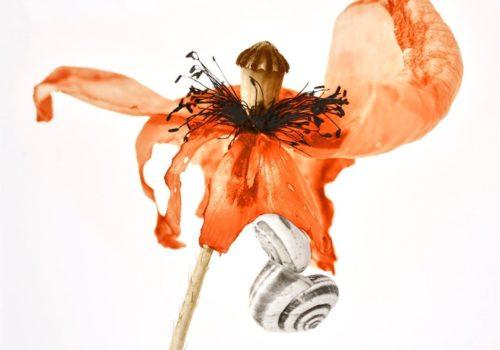Millions of people see the world through the eyes of Reuters photographers every day, a collective vision of events shaped by the split second instant the photographer chose to record. Our World Now 5 draws on this extraordinary resource, encompassing the diversity of stories, trends and moods that defined 2011. Featuring images by 144 photographers of 56 nationalities, the fifth volume in this collector’s series offers dramatic breaking news, in-depth photo essays, photographer profiles and moments of pure visual delight. We asked Ayperi Karabuda Ecer, picture editor of the book to describe the experience.
This article is reserved for subscribed members only. If you are already a member, you can log in here below.
Subscribe for full access to The Eye of Photography archives!
That’s thousands of images and articles, documenting the history of the medium of photography and its evolution during the last decade, through a unique daily journal. Explore how photography, as an art and as a social phenomenon, continue to define our experience of the world. Two offers are available.
Subscribe either monthly for 8 euros (€) or annually for 79 euros (€) (2 months offered).



